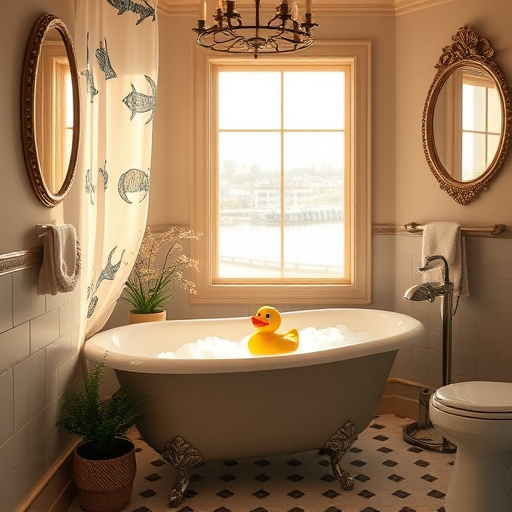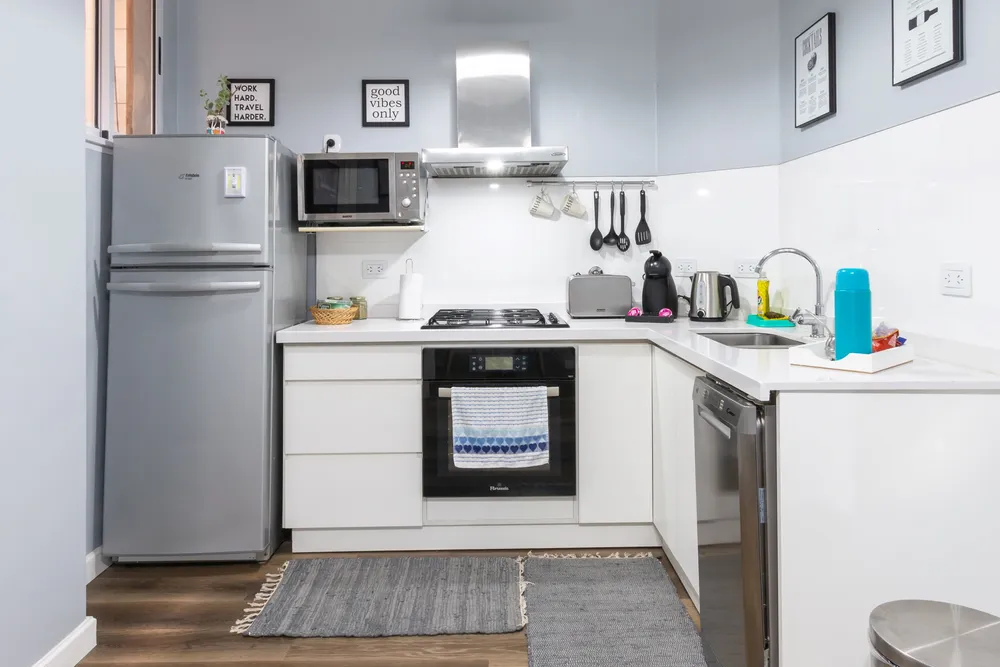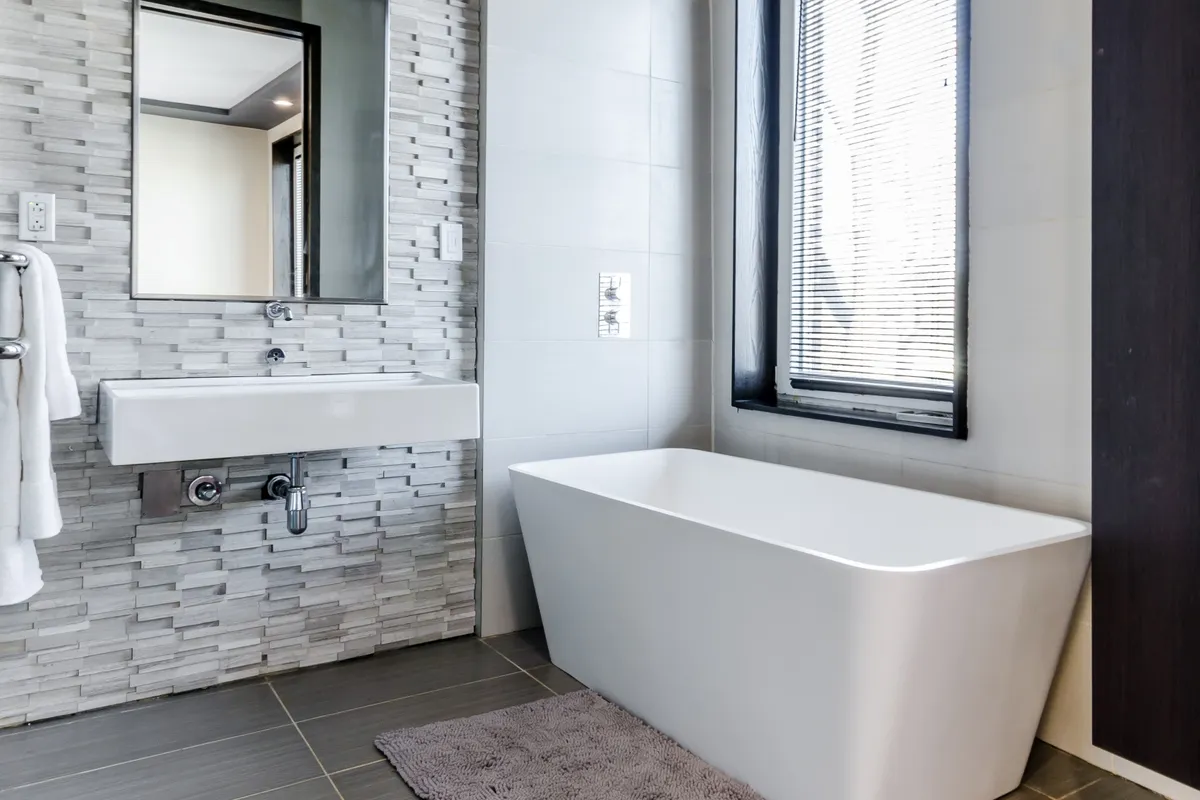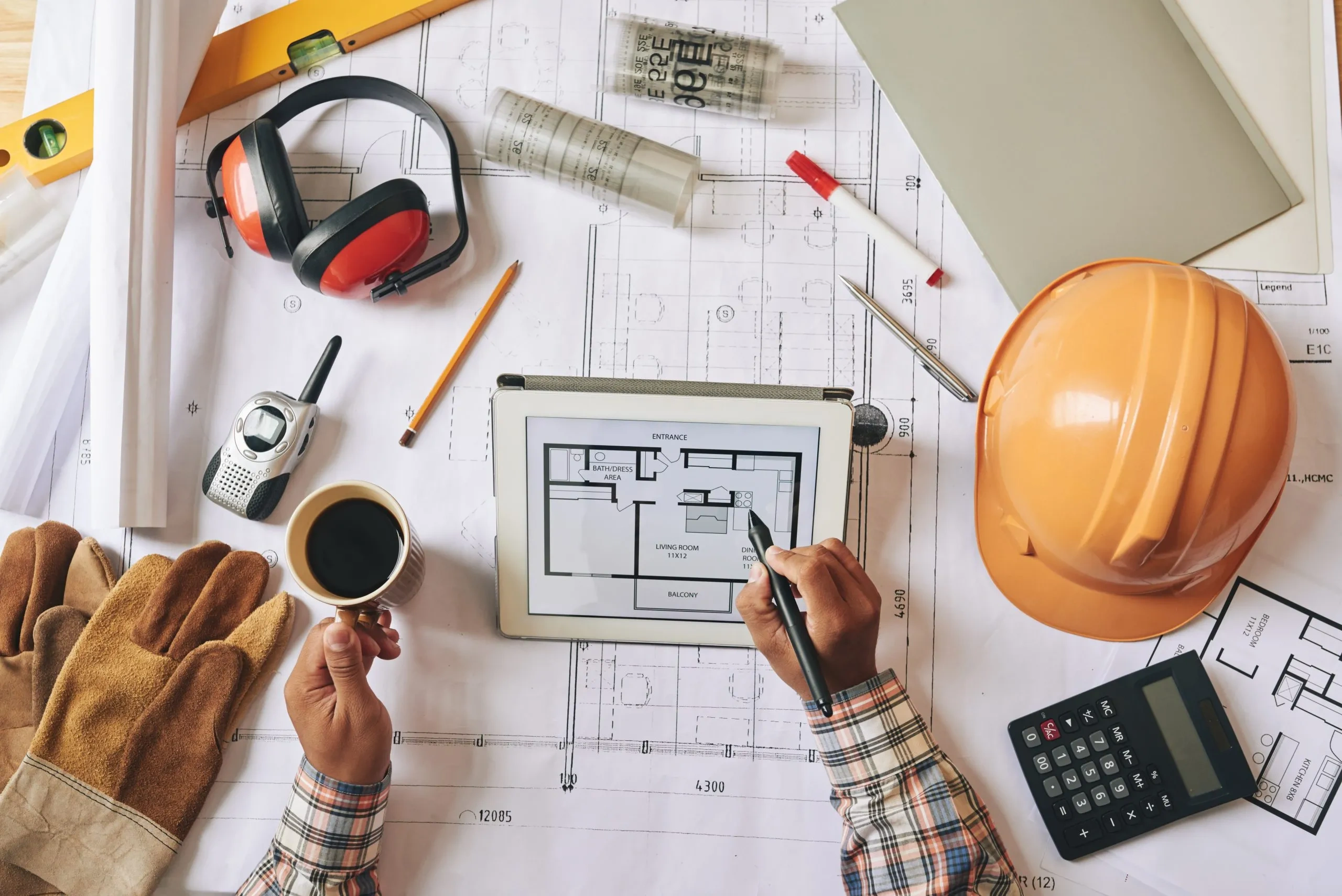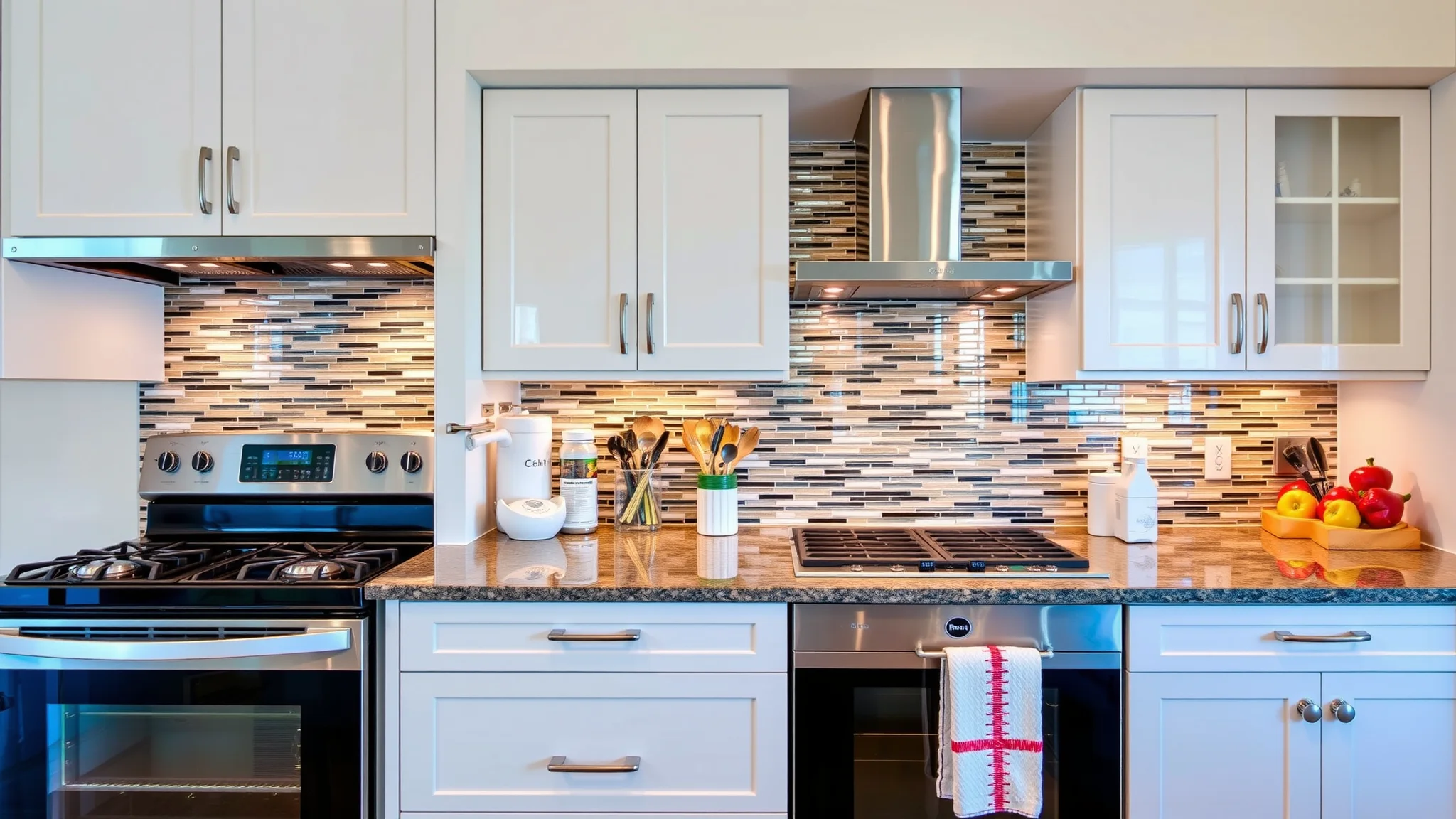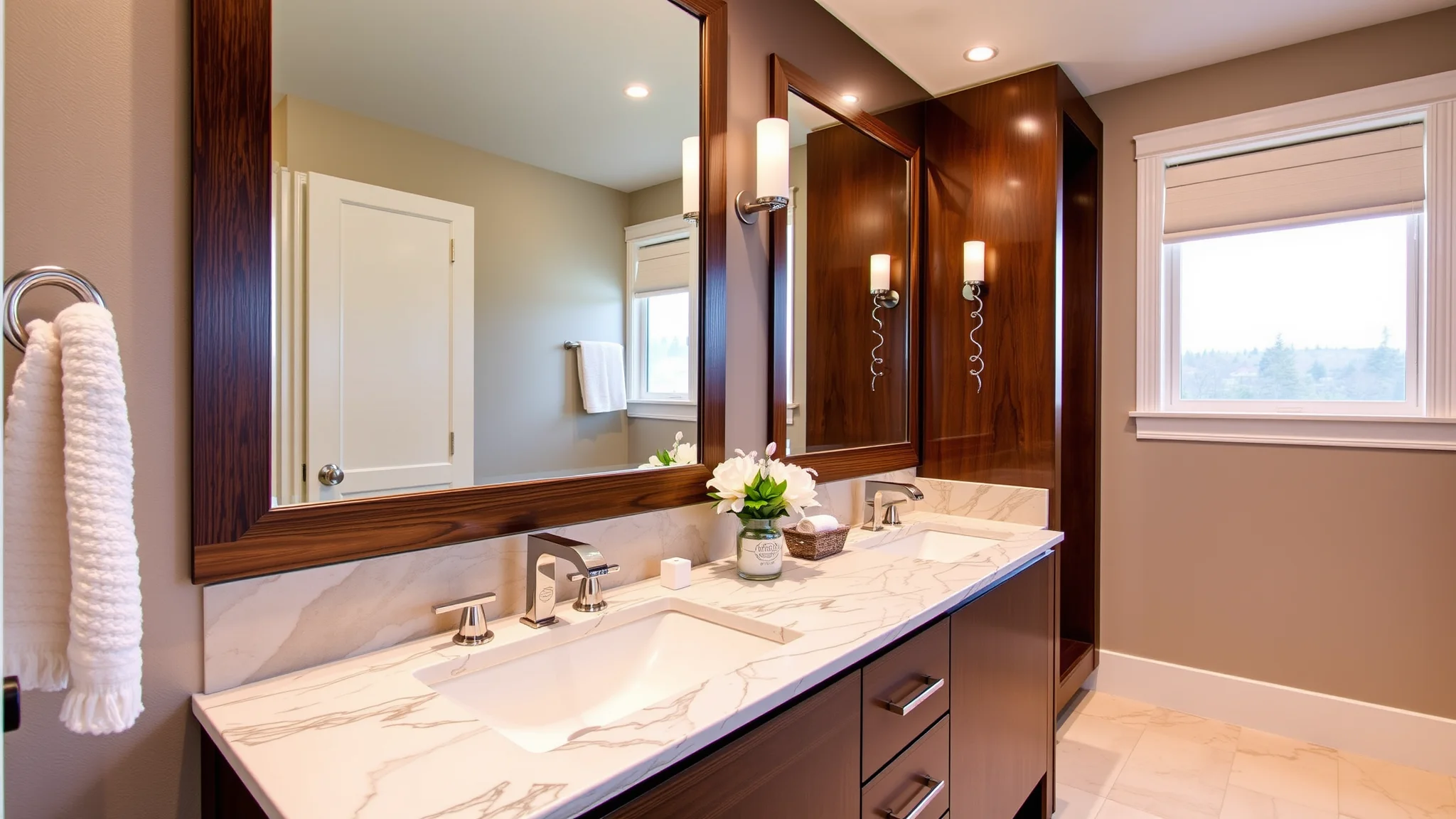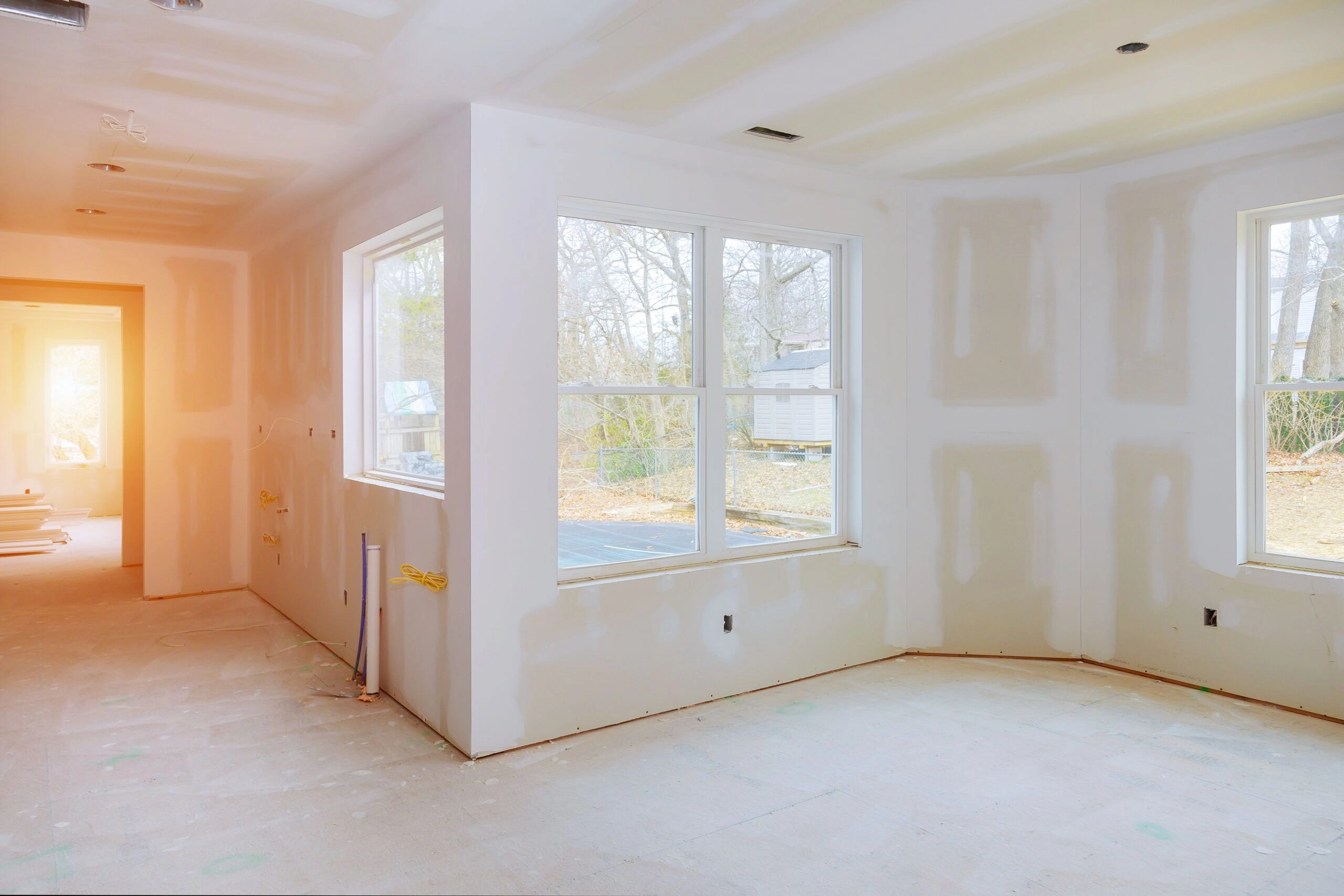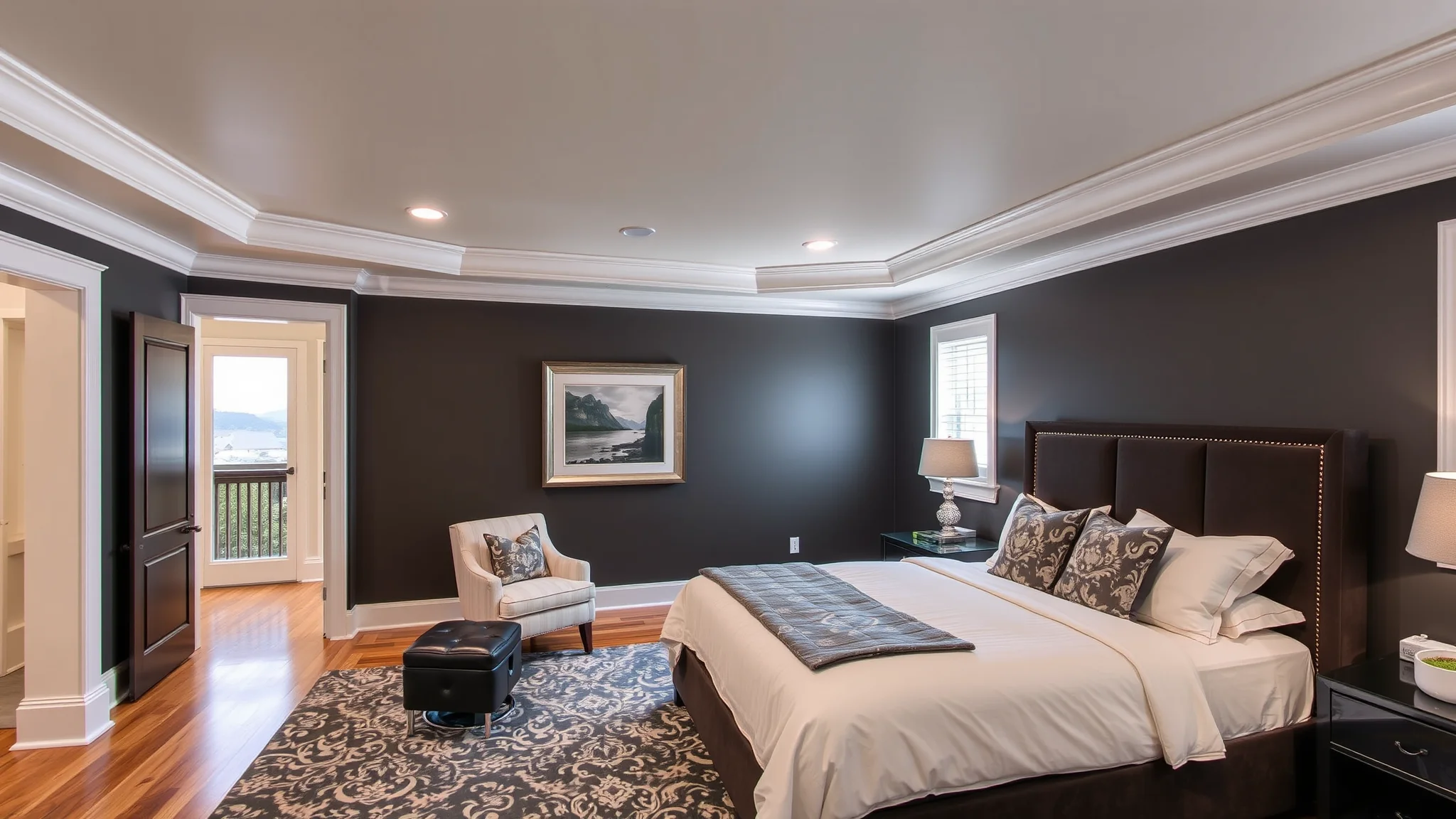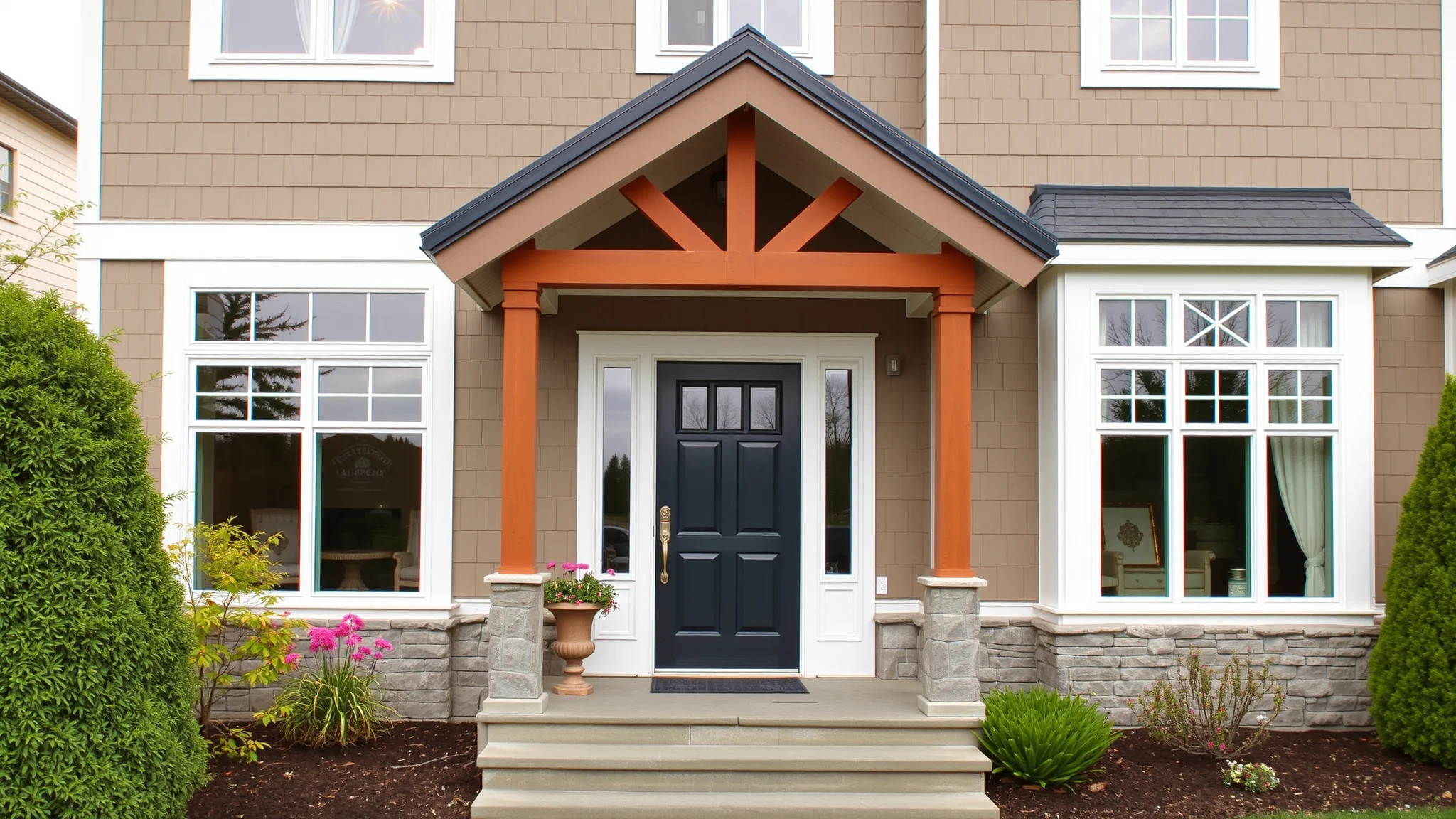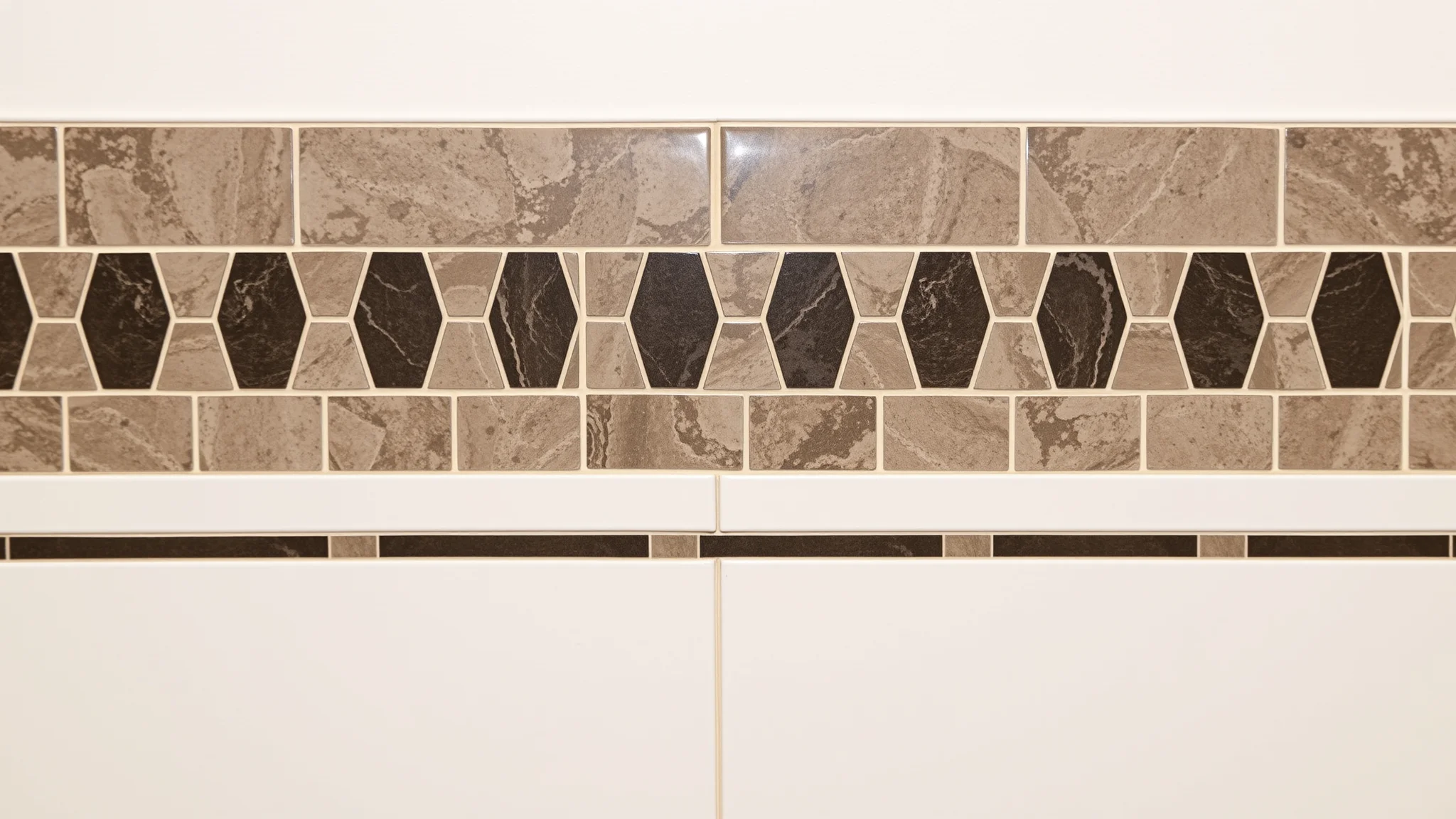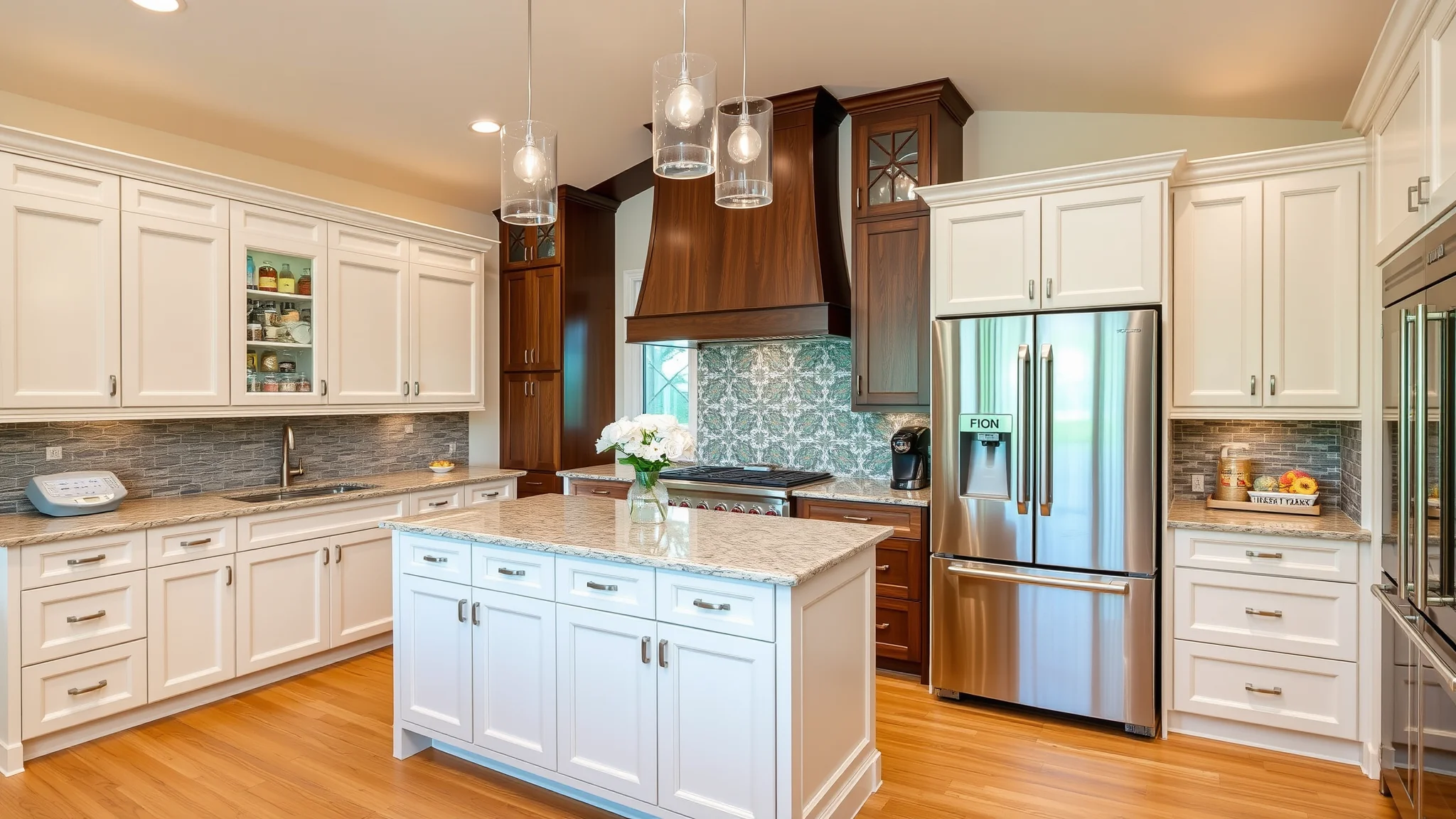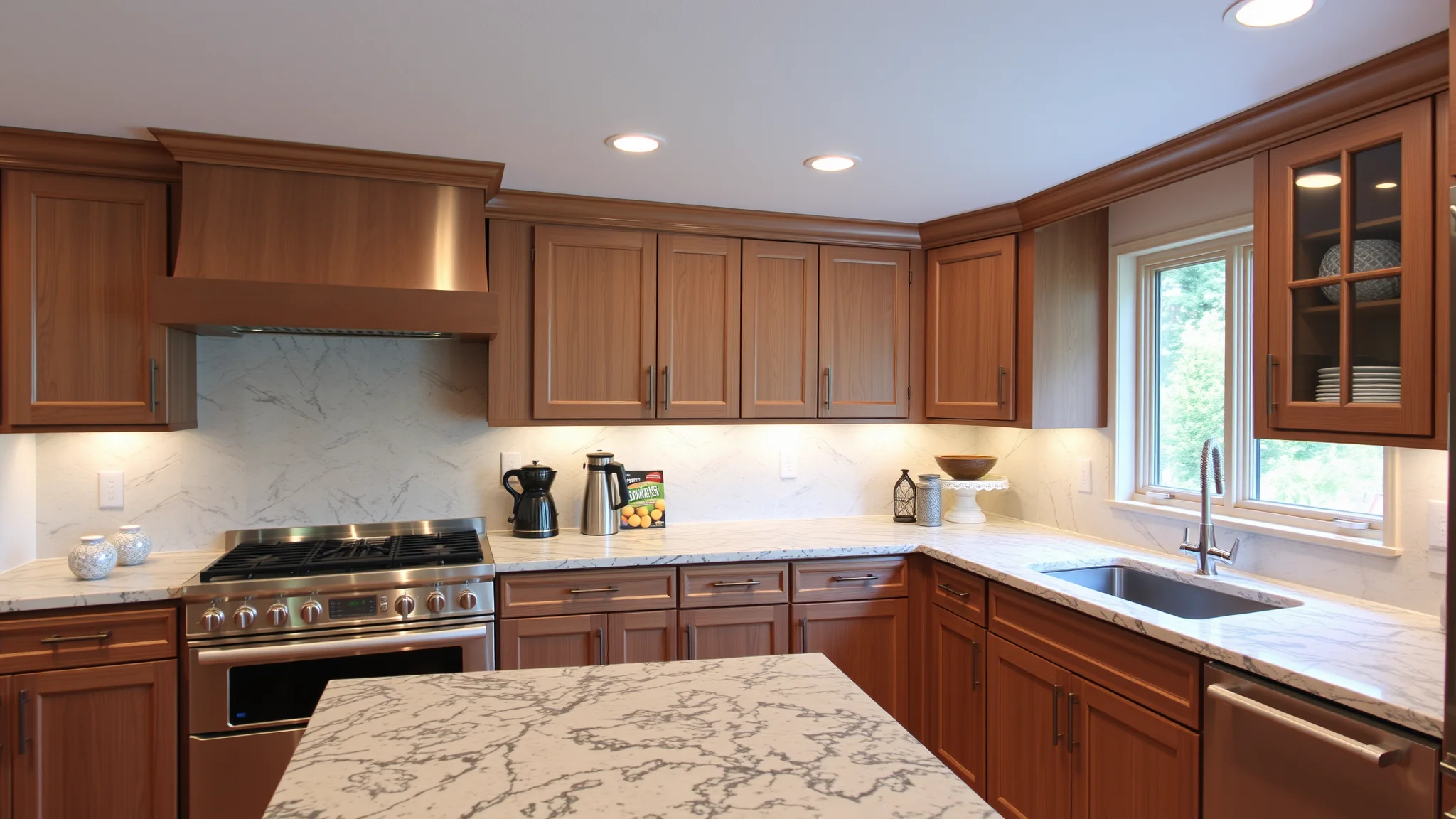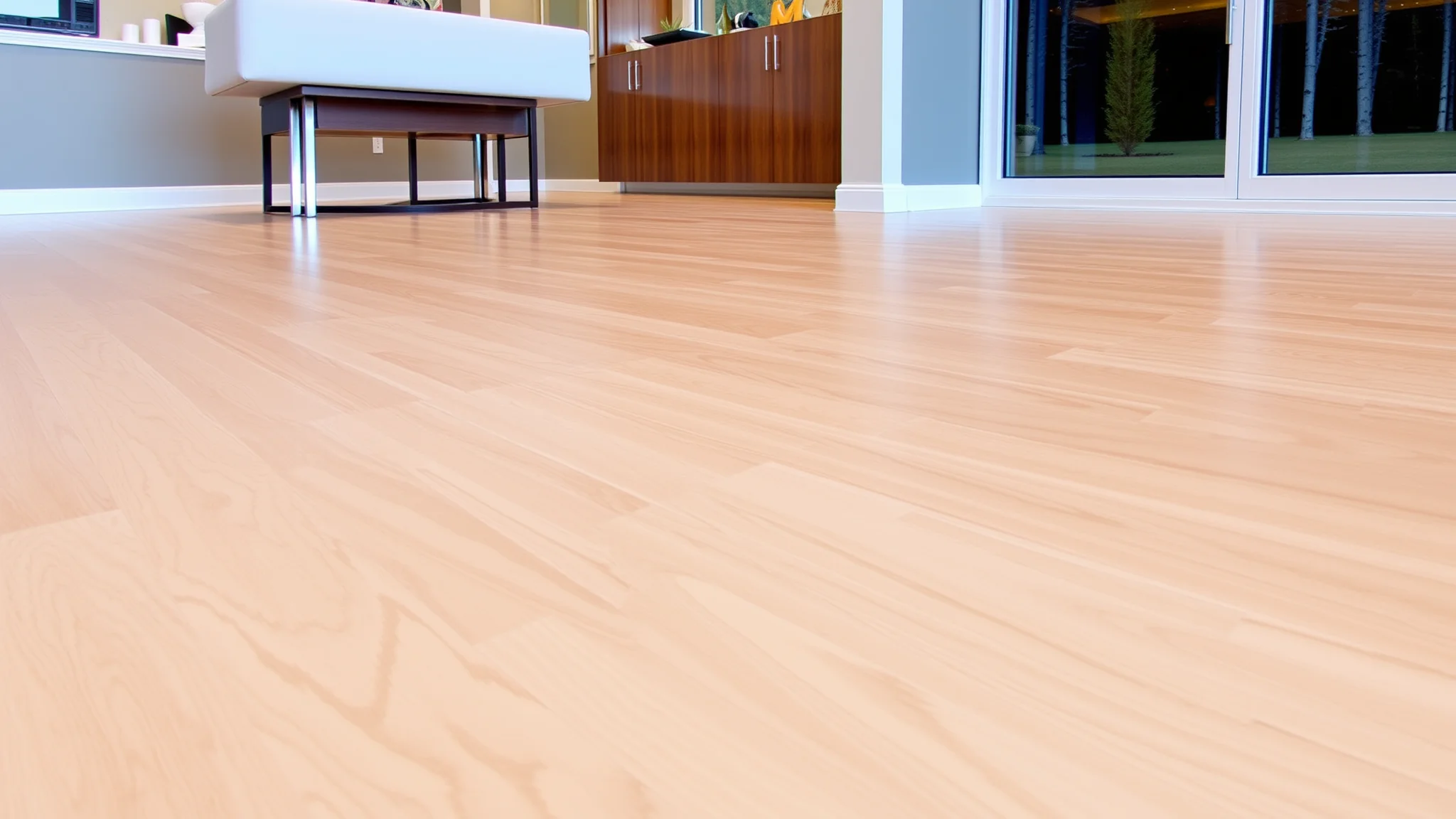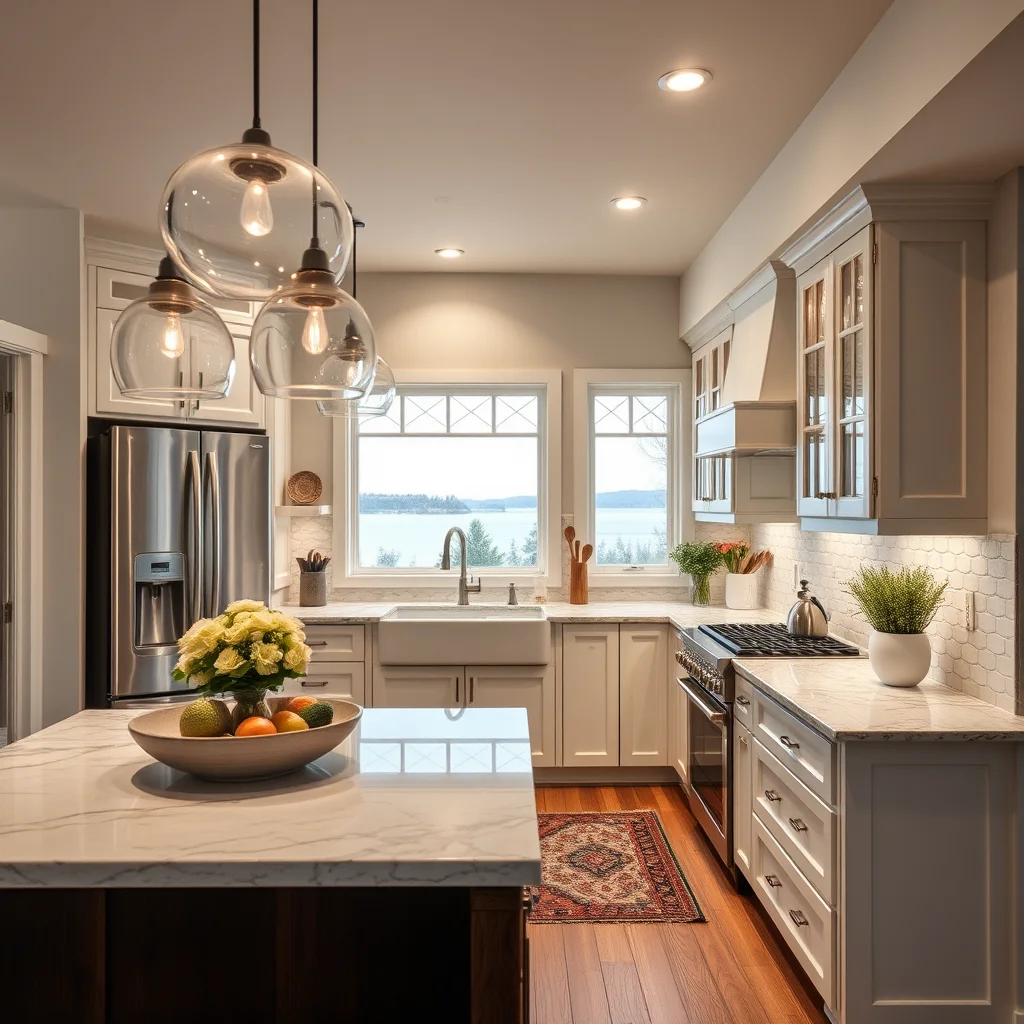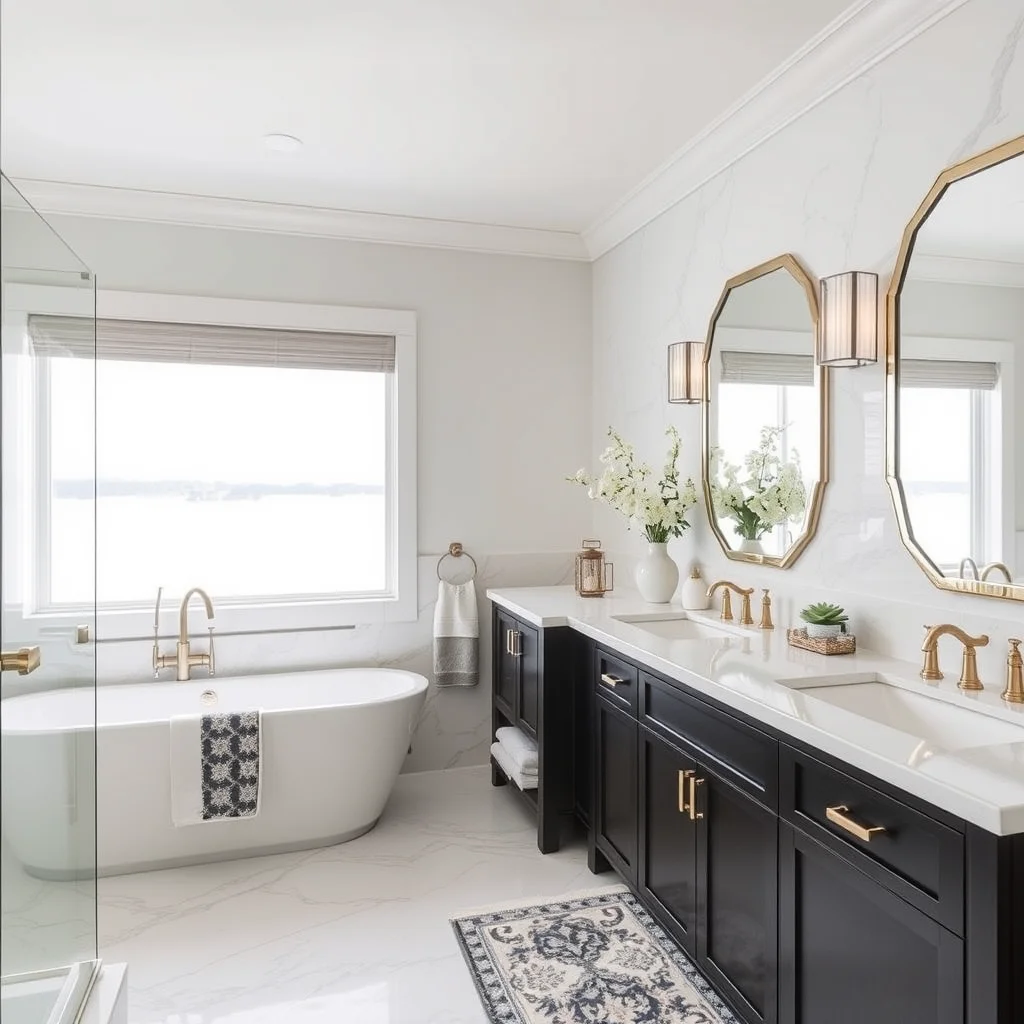What Are the Most Effective Anti Slip Flooring Options for Accessible Bathrooms?
Creating a safe, accessible bathroom is essential for ensuring comfort and reducing the risk of slips and falls—particularly for seniors, individuals with limited mobility, or those with disabilities. One of the most critical elements in achieving this safety is selecting the right type of flooring. An ideal anti slip flooring options for accessible bathrooms must combine durability, slip resistance, waterproof qualities, and aesthetic appeal.
In this comprehensive guide, we will explore the best options available, what features to consider when choosing anti slip flooring, and practical tips for installation and maintenance.
Why Is Slip Resistance Important in Bathroom Flooring?
Bathrooms are inherently moist environments, with frequent exposure to water from showers, sinks, and baths. Moisture significantly increases the risk of slips and falls, making slip-resistant flooring a vital safety feature. For accessible bathrooms—designed for individuals with mobility challenges—the risk is even higher, emphasizing the need for flooring that provides reliable traction under wet and dry conditions.
Failing to install adequate slip-resistant flooring can lead to injuries, legal liabilities, and decreased quality of life for users. Therefore, selecting appropriate anti slip flooring options for accessible bathrooms is not just a matter of comfort but of critical safety.
What Features Should You Look for in Anti Slip Bathroom Flooring?
Before diving into specific flooring options, consider these key features:
- Slip Resistance: Look for surfaces with high coefficient of friction, especially when wet.
- Waterproof and Mold-Resistant: Bathroom floors need to resist moisture and prevent mold growth.
- Durability: Materials should withstand frequent use, cleaning, and potential impacts.
- Ease of Maintenance: Choose surfaces that are easy to clean and keep hygienic.
- Aesthetics: The flooring should complement the overall bathroom design.
Understanding these features will help you make informed decisions and select flooring that balances safety, functionality, and style.
What Are the Top Anti Slip Flooring Options for Accessible Bathrooms?
Now, let's explore the best flooring options tailored for accessible bathrooms, focusing on slip resistance, durability, and ease of installation.
1. Textured Porcelain and Ceramic Tiles: Are They a Good Choice?
Porcelain and ceramic tiles are among the most popular choices for bathroom flooring because of their durability and water resistance. When selecting tiles for slip resistance, opt for textured surfaces designed specifically to prevent slips.
**Advantages:**
- Highly durable and scratch-resistant
- Wide range of colors and designs
- Easy to clean and maintain
- Available with slip-resistant coatings or textured surfaces
**Considerations:**
- Grout lines can accumulate dirt; sealed grout is recommended
- Proper installation with slip-resistant underlayment enhances safety
**Tip:** For extra safety, choose tiles with a coefficient of friction (COF) rating of 0.42 or higher, especially in wet areas.
2. Vinyl Flooring with Textured Surface: Is It a Practical Solution?
Vinyl flooring has gained popularity due to its affordability, waterproof nature, and versatility. Modern vinyl options include slip-resistant textures designed specifically for bathrooms.
**Advantages:**
- Cost-effective
- Easy to install and replace
- Water-resistant and mold-proof
- Available in a multitude of styles, from realistic wood to stone looks
**Considerations:**
- Quality varies; choose high-grade waterproof vinyl
- Proper subfloor preparation is essential for longevity
**Why it's ideal:** Vinyl's textured surfaces provide excellent anti slip properties, making it a safe choice for accessible bathrooms.
3. Rubber Flooring: Is it the Most Slip-Resistant Material?
Rubber flooring offers exceptional slip resistance and cushioning, making it suitable for accessible bathrooms.
**Advantages:**
- Outstanding slip resistance even when wet
- Soft and comfortable underfoot
- Highly durable and impact-absorbent
- Naturally mold and mildew resistant
**Considerations:**
- Can be more expensive than vinyl
- Limited design options compared to tile or vinyl
**Perfect for:** High-traffic or institutional bathrooms, or homes prioritizing maximum safety.
4. Luxury Vinyl Plank (LVP) and Tile with Anti Slip Coating: How Do They Compare?
Luxury vinyl provides a more upscale look while maintaining slip resistance. Many LVP products come with anti slip finishes, combining elegance with safety.
**Advantages:**
- Realistic wood or stone appearance
- Waterproof and easy to clean
- Some options include built-in slip-resistant coatings
**Considerations:**
- Careful selection ensures optimal slip resistance
- Subfloor must be even for best results
5. Cork Flooring: Is It Suitable for Bathroom Safety?
Cork is a natural, eco-friendly material with inherently slip-resistant properties—especially when sealed properly.
**Advantages:**
- Naturally anti slip
- Cushioned and warm underfoot
- Sustainable and eco-friendly
**Considerations:**
- Susceptible to water damage if not properly sealed
- Needs regular maintenance and sealing
**Ideal for:** Home bathrooms seeking an eco-conscious, slip-resistant option.
How Do You Properly Install Anti Slip Bathroom Flooring for Safety?
Installation plays a crucial role in maximizing safety features of anti slip flooring options for accessible bathrooms. Here are essential tips:
- **Choose the right subfloor:** Ensure the surface is level, clean, and sound before installation.
- **Use high-quality underlayments:** Such as anti-slip mats or underlayments designed for moisture resistance.
- **Apply anti slip coatings or treatments:** For tiles and vinyl, additional anti slip treatments can enhance traction.
- **Seal grout and seams:** Prevent water infiltration and mold growth.
- **Follow manufacturer guidelines:** For adhesion, curing times, and maintenance instructions.
Consulting with professional contractors specializing in accessible bathroom remodels, like Rising Hawk Construction LLC, can ensure best practices and compliance with safety standards.
Can Upgrading Flooring Improve Bathroom Accessibility and Safety?
Absolutely. Upgrading to the right anti slip flooring options for accessible bathrooms dramatically enhances user safety, reduces fall risks, and improves overall usability. Accessible bathroom remodeling not only involves installing safer floors but also ensuring proper grab bars, lighting, and fixtures—creating a comprehensive safe environment.
Interested in transforming your bathroom safety? Explore [local bathroom renovation packages in Tracyton, Washington](https://risinghawkconstruction.com/post/local-bathroom-renovation-packages-tracyton-washington) to discover tailored solutions that meet your safety and aesthetic needs.
What Maintenance Tips Ensure Longevity and Safety of Your Bathroom Flooring?
Maintaining your anti slip flooring effectively extends its lifespan and safety features. Follow these tips:
- Regularly clean with non-abrasive, pH-neutral cleaners.
- Address spills immediately to prevent slip hazards.
- Periodically inspect for cracks, chips, or wear, especially in high-traffic areas.
- Reapply anti slip coatings or treatments as recommended by manufacturers.
- Seal grout lines and seams annually.
Routine maintenance keeps your bathroom flooring safe and hygienic, ensuring peace of mind for years to come.
Frequently Asked Questions (FAQs)
What makes a flooring anti slip for bathrooms most effective?
The most effective anti slip bathroom flooring features a high coefficient of friction, textured surface, waterproof qualities, and resilience to moisture. Incorporating anti slip coatings further enhances safety in wet conditions.
Are there specific materials recommended for elderly accessible bathrooms?
Yes, materials like rubber and textured vinyl are favored for their slip resistance and cushioning properties, making them ideal for elderly or mobility-challenged users.
How does waterproof flooring contribute to bathroom safety?
Waterproof flooring prevents water from seeping underneath, reduces mold and mildew growth, and maintains slip-resistant features even in wet conditions, significantly enhancing safety.
Can I install anti slip flooring myself?
While some vinyl or peel-and-stick tiles may be DIY-friendly, professional installation ensures adherence to safety standards and optimal performance, especially for complex flooring or customized installations.
How does Rising Hawk Construction LLC assist with bathroom remodels focusing on safety?
Our expert team specializes in accessible bathroom design, selecting optimal anti slip flooring options, and ensuring all safety features are incorporated. Learn more about our process in [home remodeling](https://risinghawkconstruction.com/post/home-remodeling-insurance).
By choosing the right anti slip flooring options for accessible bathrooms, you prioritize safety, enhance usability, and create a more comfortable environment. Whether you prefer textured tile, durable vinyl, or eco-friendly cork, informed decisions and professional implementation are key to ensuring durability and safety. Contact Rising Hawk Construction LLC today to explore tailored bathroom remodeling solutions that meet your safety standards and aesthetic preferences.
